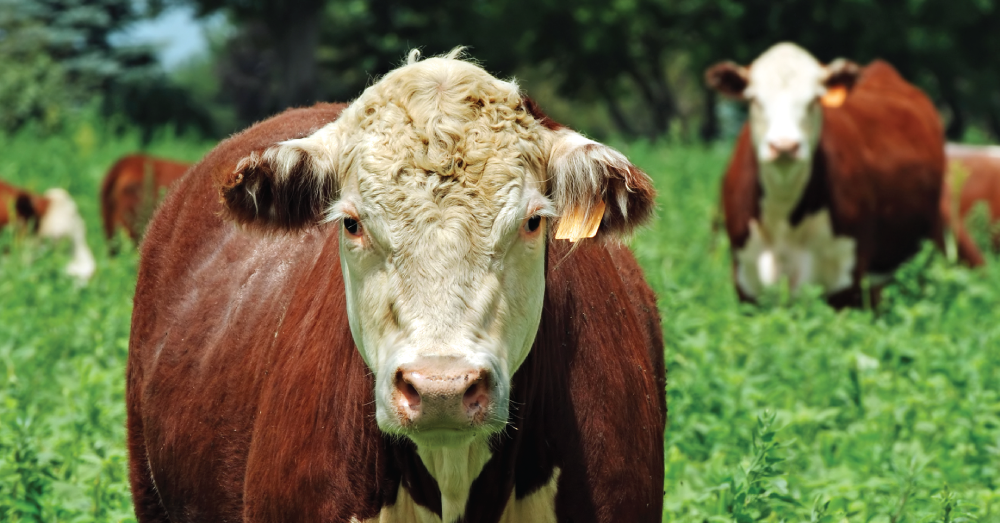
A Regenerative Grazing Revolution Is Taking Root in the Mid-Atlantic
Farmers are scaling up the practice in Maryland, Pennsylvania, and beyond—and it could simultaneously help clean up the Chesapeake Bay, mitigate climate change, and save small family farms.
April 1, 2023 | Source: Civil Eats | by Lisa Held
Farmers are scaling up the practice in Maryland, Pennsylvania, and beyond—and it could simultaneously help clean up the Chesapeake Bay, mitigate climate change, and save small family farms.
In western Maryland this March, the proverbial lion and lamb seemed to be running circles around each other. Instead of warming up gradually, the temperature rose and fell unpredictably. Warm sun alternated with freezing rain. In response, Ron Holter’s Jersey cows seemed to be clinging cautiously to their winter coats. A patchwork of fuzzy spots remained on top of their emerging summer hides, as they nursed a group of calves testing out wobbly legs.
Unlike most dairy cows, which are confined indoors, Holter’s spend all year living outside, where they develop winter coats for the colder months. As they move from one pasture to the next, they munch their way through abundant fescue, bluegrass, clovers, and chicory. When the grass is less productive, Holter supplements their diets with hay served in the fields. As the cows graze through a cycle of 66 paddocks, each separated by thin strips of electrical fencing, they leave behind chunks of manure to fertilize regrowth.
